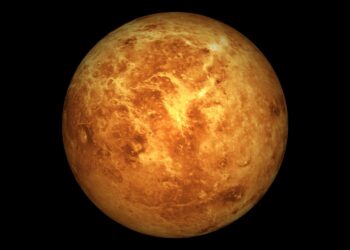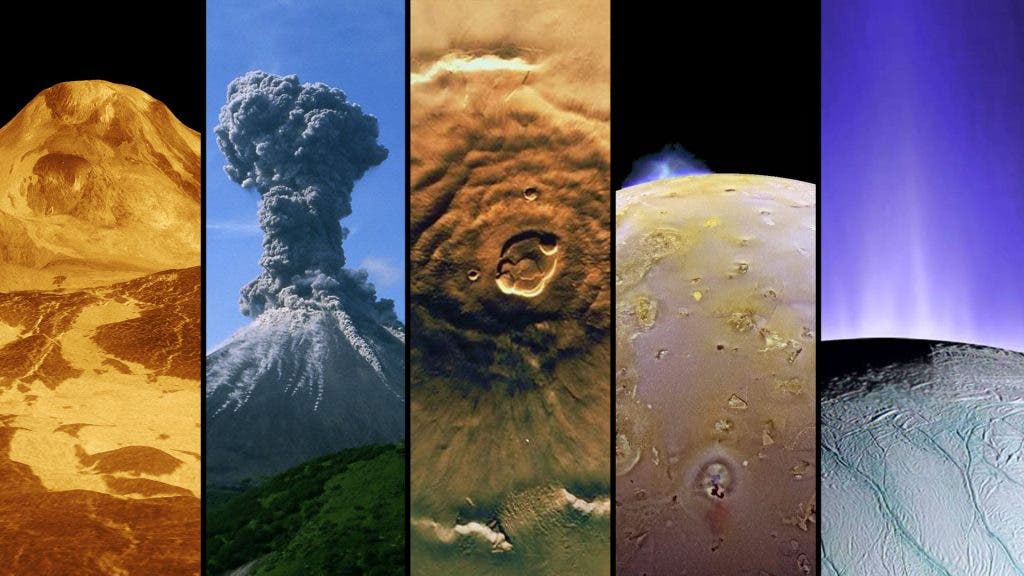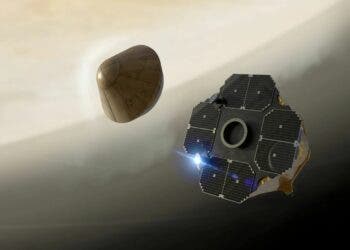A new study modeled the conditions on the early days of Venus and found little that would be suitable to life as we know it.

Venus is as hellish a planet as you can imagine, but it wasn’t always considered that way. In fact, our understanding of Venus (at least concerning its potential for hosting life) has been pretty topsy-turvy. For most of our astronomical history, Venus was thought to be capable of hosting life. Ancient cultures ascribed the planet mythological value, linking it to the likes of Lucifer or the Greek goddess Aphrodite. In the 17th century, Galileo Galilei observed the planet and found that it had phases like the Moon, and in the 18th century, the atmosphere of Venus was discovered by Russian polymath Mikhail Lomonosov.
From that point on, Venus was considered a sort of ‘twin’ to Earth — which seems to make sense. After all, it’s a rocky planet, comparable in size to Earth, it has an atmosphere, so it should have life-harboring potential too, right? Well, not really.
In the 1960s, more detailed observations showed that Venus is a hellish place, the hottest planet in the solar system. Oh, and its atmosphere? It’s mostly carbon dioxide (which causes an extreme greenhouse effect), with clouds composed of sulfuric acid. So all in all, Venus is still a hellish landscape, with its environment better suited for killing than for hosting life.
But in recent years, model studies have suggested that Venus may have not always been this inhospitable, and in its early days, may have even hosted oceans of liquid water. But was this really the case?
Hot and cold and hot again
When all planets form, they’re initially very hot, but previous models suggested that Venus may have cooled down enough to host liquid water, with the planet’s clouds bouncing the sun’s radiation back into space.
But this study comes with a different conclusion: according to a new model that simulated the Venusian atmosphere in these early days, Venus could have never hosted liquid water.
“We simulated the climate of the Earth and Venus at the very beginning of their evolution, more than four billion years ago, when the surface of the planets was still molten”, explains Martin Turbet, one of the study authors. “The associated high temperatures meant that any water would have been present in the form of steam, as in a gigantic pressure cooker.”
The main difference from previous model findings is that the temperature never got low enough for water vapor to form raindrops and accumulate on the surface. The cause boils back to the clouds: this new model also suggests that clouds formed, but they predominantly formed on the night side of the planet, creating a powerful greenhouse event that prevented Venus from cooling as quickly as previously thought, Turbet explains.
According to the same model, the Earth was very close to suffering the same fate and turning into a permanent hothouse planet. The key that allowed water to accumulate on our planet is the so-called “faint Sun” — in the early days of the solar system, the sun was just 70% as luminous as it is now. Had it been a bit more luminous (just 92% of what it is today), our planet could have turned into a hothouse Venus-type planet.
The study could also help solve the so-called “Faint young sun paradox”. Basically, the argument was that because the sun was fainter than it is today, our planet should have turned to ice. Instead, judging by the findings in this study (and the greenhouse effect caused by the clouds on Earth), the faint sun turned out to be a boon, helping keep the temperature balance in a range that was favorable to liquid water.
“It turns out that for the young, very hot Earth, this weak Sun may have in fact been an unhoped-for opportunity”, says Emeline Bolmont, professor at UNIGE, member of PlaneS and co-author of the study.
Of course, whether or not the model incorporates all the relevant data or some elements still escape it remains to be confirmed. However, this doesn’t bode too well for Venus’ chances of habitability — present or past.
“If the authors are correct, Venus was always a hellhole,” astronomers James Kasting and Chester Harman, of Penn State University and NASA’s Ames Research Center, respectively, wrote in an accompanying “News & Views” piece in the same issue of Nature.
The study was published in Nature.






